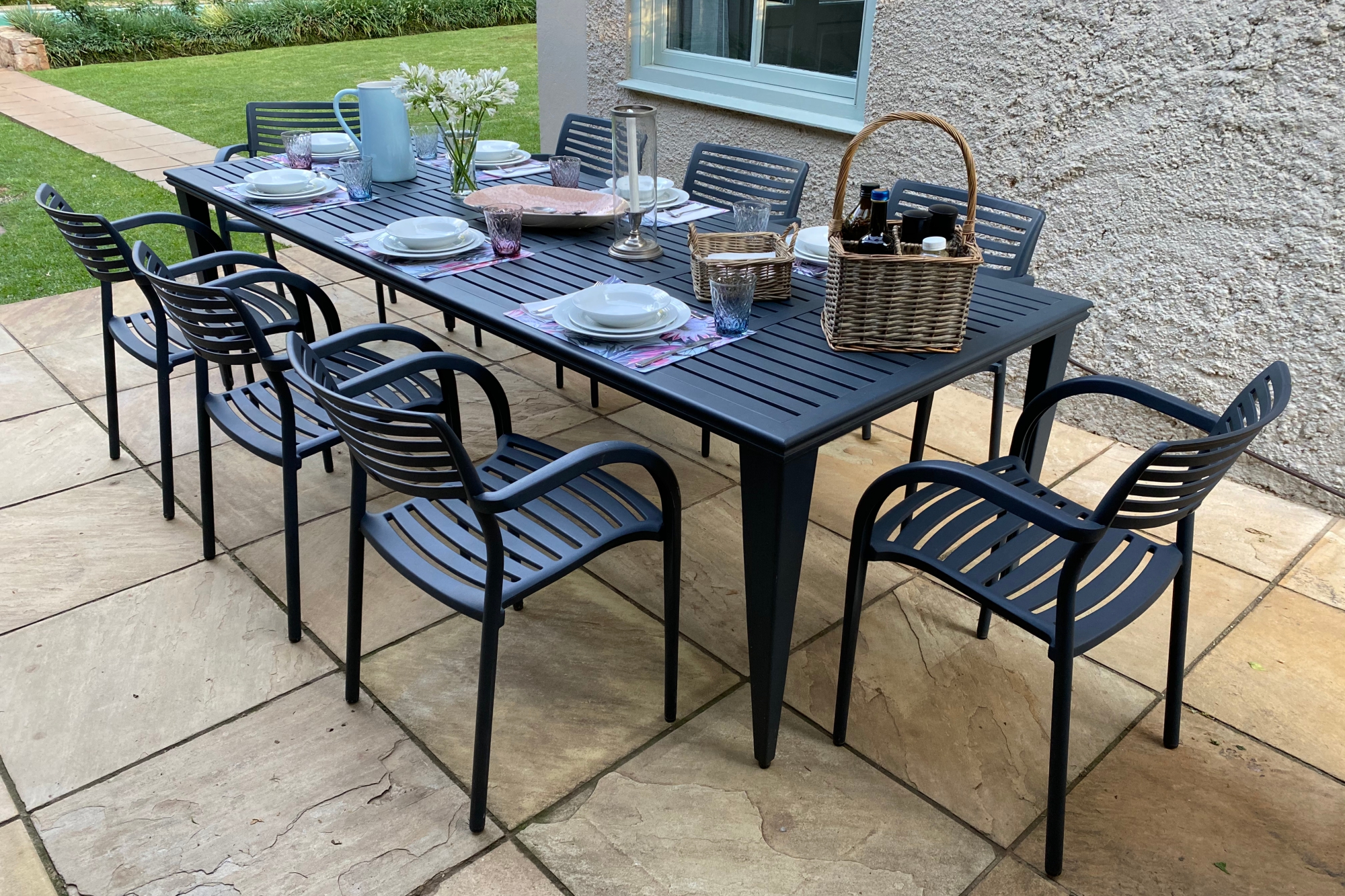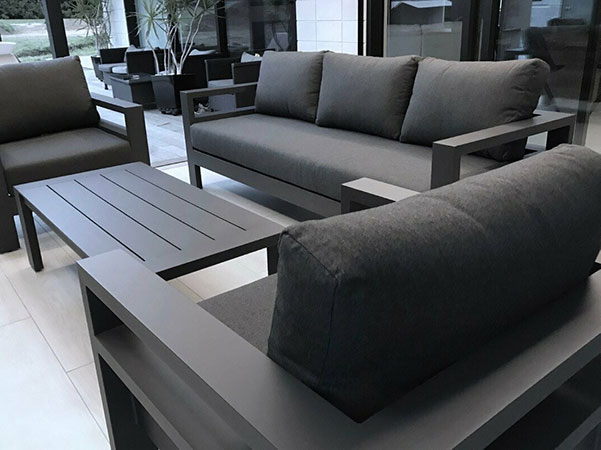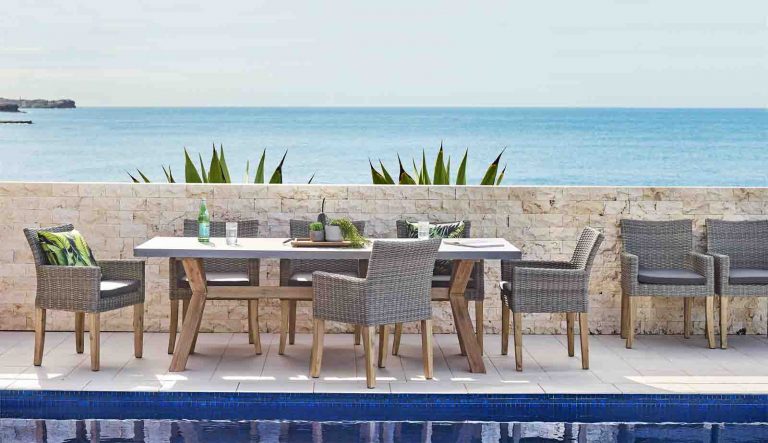Product Description
CR-10 Ambulance stretcher
| Model No. | CR-001 Chair Stretcher |
| Material | 6005 CHINAMFG (3mm wall thickness) |
| Color | orange, blue, yellow and others |
| Certification | CE, ISO13485 |
| Length | 650mm |
| Width | 520mm |
| High | 900mm |
| Folded Size | 900*520*110mm |
| Net weight | 7kgs |
| Gross weight | 9kgs |
| Loading capacity | 160kgs |
| Packing detail |
2.packing in carton |
| Packing size | 920*530*120mm |
| MOQ | 1.sample order 1 unit 2.formal order: 10pcs |
| Delivery time | 7-10days after payment |
| Payment terms | Paypal, Escrow, western union, visa, LC, TT |
| Warranty | 12month after customer receive goods |
| Suit ambulance | Toyota, Benz,Ford |
| Main markets | Europe, America, Canada |
| Our strength | 1.Fast making the sample |
| 2.Good price with first class quality | |
| 3.Durable and long time service life | |
| 4.High effect for protection | |
| 5.Delivery on time. |
Certification:
Packing & Delivery:
We provide different transportation for your choosing, By express, air and sea. For product CR-17 ambulance stretcher , we accept customized packing request, if not have, we will do neutral packing .
We provide transportations for you to choose,include shipping by air express transportation.
Our service:
We will do the one-stop service for you.
Products will be manifested with enough photos and videos to explain themselves.
You can contact us at 24hours by mail, phone, , or others.
We are always ready!
Contact:
/* January 22, 2571 19:08:37 */!function(){function s(e,r){var a,o={};try{e&&e.split(“,”).forEach(function(e,t){e&&(a=e.match(/(.*?):(.*)$/))&&1
| Color: | Black |
|---|---|
| Folded: | Folded |
| Certification: | ISO, FDA, CE |
| Material: | Aluminum |
| Type: | Ambulance Stretcher |
| Packing Size: | 200*64*45cm |

How do aluminum chairs contribute to the versatility and flexibility of seating arrangements?
Aluminum chairs are known for their versatility and flexibility, making them a popular choice for various seating arrangements. Whether in homes, offices, events, or outdoor settings, aluminum chairs offer several advantages that contribute to their adaptability. Here’s how aluminum chairs contribute to the versatility and flexibility of seating arrangements:
1. Lightweight and Portable:
Aluminum chairs are lightweight, making them easy to move and rearrange as needed. Their portability allows for quick and effortless changes to seating arrangements. Whether you need to accommodate more guests, create open spaces for activities, or rearrange seating for different events, aluminum chairs can be easily carried and arranged to suit your needs.
2. Stackable Design:
Many aluminum chairs feature a stackable design, allowing them to be stacked vertically when not in use. This stackability feature is particularly useful in spaces where storage is limited. By stacking the chairs, you can maximize floor space and create a clutter-free environment. The ability to stack and store aluminum chairs efficiently adds to their versatility in accommodating changing seating needs.
3. Indoor and Outdoor Use:
Aluminum chairs are suitable for both indoor and outdoor use, further enhancing their versatility. They are designed to withstand various environmental conditions, including exposure to sunlight, moisture, and temperature fluctuations. This makes them suitable for a wide range of seating arrangements, from dining areas and conference rooms to patios, gardens, and outdoor events.
4. Range of Styles and Designs:
Aluminum chairs come in a wide range of styles, designs, and finishes, allowing them to complement different interior or exterior aesthetics. Whether you prefer a modern, minimalist look or a more traditional design, there are aluminum chairs available to suit your preferences. The variety of styles and designs makes it easier to integrate aluminum chairs into various seating arrangements without sacrificing visual appeal.
5. Durable and Easy to Maintain:
Aluminum chairs are known for their durability and ease of maintenance. They are resistant to rust, corrosion, and fading, which makes them suitable for long-term use in different settings. Additionally, aluminum chairs are easy to clean and require minimal upkeep. This low maintenance requirement contributes to their versatility, as they can be used in high-traffic areas or outdoor environments without extensive cleaning or upkeep demands.
6. Flexible Seating Configurations:
With aluminum chairs, you have the flexibility to create different seating configurations to accommodate various group sizes and activities. Whether arranging chairs in rows for a conference, clustering them around tables for dining, or creating a circular seating arrangement for group discussions, aluminum chairs can be easily positioned to meet your specific seating needs.
7. Combination with Other Furniture:
Aluminum chairs can be easily combined with other types of furniture to create versatile seating arrangements. They can be paired with tables, benches, or even cushions to enhance comfort and functionality. This versatility allows for the creation of cohesive seating setups that cater to different purposes and preferences.
Aluminum chairs offer the advantage of being lightweight, portable, and stackable, making them easy to move and store. They are suitable for both indoor and outdoor use, come in a range of styles, and are durable and easy to maintain. With their flexibility and adaptability, aluminum chairs can be integrated into various seating arrangements, providing versatile seating options for different environments and activities.

Are there eco-friendly or sustainable options for aluminum chair production?
Yes, there are eco-friendly and sustainable options for aluminum chair production. The production process of aluminum chairs can be modified to reduce environmental impact and promote sustainability. Here are some ways in which aluminum chair production can be more eco-friendly:
1. Recycled Aluminum:
Using recycled aluminum is an eco-friendly option for chair production. Aluminum is a highly recyclable material, and using recycled aluminum reduces the need for extracting and refining new raw materials. Recycled aluminum can be melted down and reprocessed to create new aluminum products, including chairs. Choosing aluminum chairs made from recycled content helps conserve natural resources and reduces energy consumption and greenhouse gas emissions associated with primary aluminum production.
2. Sustainable Manufacturing Practices:
Manufacturers can adopt sustainable practices during the production process of aluminum chairs. This includes optimizing energy efficiency, reducing water usage, and minimizing waste generation. Implementing technologies and processes that reduce environmental impact, such as using renewable energy sources, recycling process waste, and implementing water conservation measures, can make the production process more sustainable.
3. Low VOC Finishes:
The finishes applied to aluminum chairs can have an environmental impact. Opting for low VOC (volatile organic compound) finishes or powder coatings reduces the emission of harmful chemicals into the environment. Low VOC finishes have lower levels of toxic solvents, contributing to better indoor and outdoor air quality and minimizing the environmental footprint of chair production.
4. Longevity and Durability:
Designing aluminum chairs with longevity and durability in mind promotes sustainability. Chairs that are built to last with high-quality materials and craftsmanship reduce the need for frequent replacements. By investing in durable aluminum chairs, you contribute to a more sustainable approach by reducing waste and minimizing the consumption of resources over time.
5. End-of-Life Recycling:
Consideration should be given to the end-of-life phase of aluminum chairs. Designing chairs with recyclability in mind and establishing recycling programs or partnerships with recycling facilities can ensure that the chairs are properly recycled at the end of their lifespan. This closes the loop on the product life cycle and reduces waste sent to landfills.
6. Third-Party Certifications:
Look for aluminum chairs that have obtained third-party certifications or labels indicating their environmental credentials. For example, certifications such as the Forest Stewardship Council (FSC) or the Cradle to Cradle (C2C) certification demonstrate that the chairs have met certain environmental and social sustainability criteria.
By considering these eco-friendly options and sustainable practices, manufacturers and consumers can contribute to minimizing the environmental impact of aluminum chair production and promote a more sustainable furniture industry.

How do aluminum chairs compare to other materials like wood or plastic?
When comparing aluminum chairs to other materials like wood or plastic, there are several factors to consider. Here’s a detailed comparison:
1. Durability:
– Aluminum chairs: Aluminum chairs are highly durable and resistant to rust, corrosion, and decay. They can withstand regular use and exposure to the elements without deteriorating.
– Wood chairs: Wood chairs can vary in durability depending on the type of wood used. Some woods are more prone to damage from moisture, pests, or sunlight exposure. Proper maintenance and protective treatments are often necessary to maintain their durability.
– Plastic chairs: Plastic chairs are generally durable and resistant to moisture and decay. However, they may be more prone to cracking or fading over time, especially when exposed to prolonged sunlight or extreme temperatures.
2. Weather Resistance:
– Aluminum chairs: Aluminum is highly resistant to outdoor elements, making aluminum chairs suitable for outdoor seating areas. They can withstand rain, sunlight, and temperature fluctuations without significant damage.
– Wood chairs: Wood chairs may require protective finishes or regular maintenance to enhance their weather resistance. Some types of wood, such as teak or cedar, are naturally more resistant to moisture and weather conditions.
– Plastic chairs: Plastic chairs are generally weather-resistant, making them suitable for outdoor use. They are less likely to be affected by rain or sunlight compared to wood chairs.
3. Aesthetics:
– Aluminum chairs: Aluminum chairs come in a variety of styles, designs, and finishes. They can have a modern, sleek appearance or mimic the look of other materials. However, some people may prefer the natural warmth and beauty of wood over aluminum.
– Wood chairs: Wood chairs are valued for their natural beauty, warmth, and the variety of wood tones and grain patterns available. They can add a touch of elegance and sophistication to any space.
– Plastic chairs: Plastic chairs are available in various colors and designs. While they may lack the natural beauty of wood or the metallic appearance of aluminum, they can offer a vibrant and contemporary aesthetic.
4. Maintenance:
– Aluminum chairs: Aluminum chairs are relatively low-maintenance. They can be easily cleaned with a damp cloth or mild soap. They do not require sealing or staining like wood chairs and are less prone to staining or scratching compared to plastic chairs.
– Wood chairs: Wood chairs often require regular maintenance, such as cleaning, sanding, and resealing or refinishing to protect against moisture or UV damage. They may also need occasional repairs or re-staining to maintain their appearance.
– Plastic chairs: Plastic chairs are easy to clean and maintain. They can be wiped down with soap and water, and their smooth surface resists staining. However, they may show signs of wear or discoloration over time.
5. Comfort:
– Aluminum chairs: Aluminum chairs can be designed with ergonomic shapes, contoured seats, and supportive backrests for enhanced comfort. Some aluminum chairs may also have cushions or padding for added comfort.
– Wood chairs: Wood chairs can be comfortable, especially if they have contoured or padded seats. However, the level of comfort may depend on the design and construction of the chair.
– Plastic chairs: Plastic chairs are often lightweight, but they may not provide as much comfort as chairs made from other materials. They may lack ergonomic features or padding.
6. Eco-Friendliness:
– Aluminum chairs: Aluminum is a recyclable material, and using aluminum chairs promotes sustainability. They can be recycled and repurposed at the end of their lifecycle.
– Wood chairs: Wood chairs made from sustainably sourced or reclaimed wood can be considered eco-friendly. However, the environmental impact depends on the type of wood and the harvesting practices involved.
– Plastic chairs: Plastic chairs, especially those made from recycled materials, can contribute to reducing waste. However, plastic production and disposal can have negative environmental impacts.
Ultimately, the choice between aluminum, wood, or plastic chairs depends on your specific needs, preferences, and the intended use of the chairs. Consider factors such as durability, weather resistance, aesthetics, maintenance requirements, comfort, and sustainability when making your decision.
editor by CX 2024-04-26